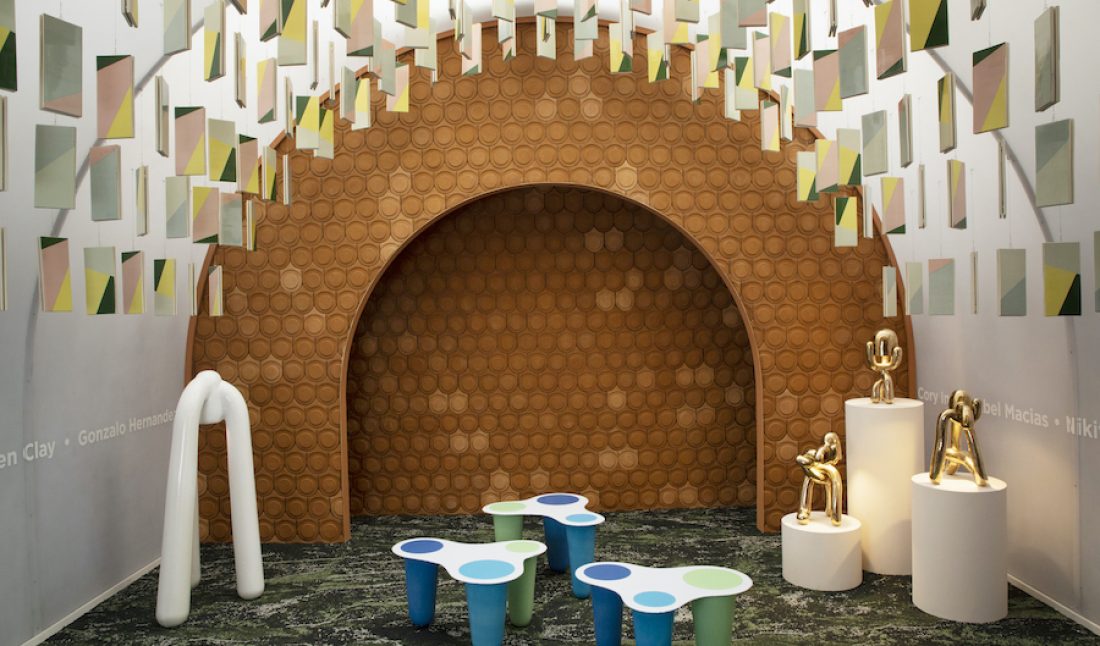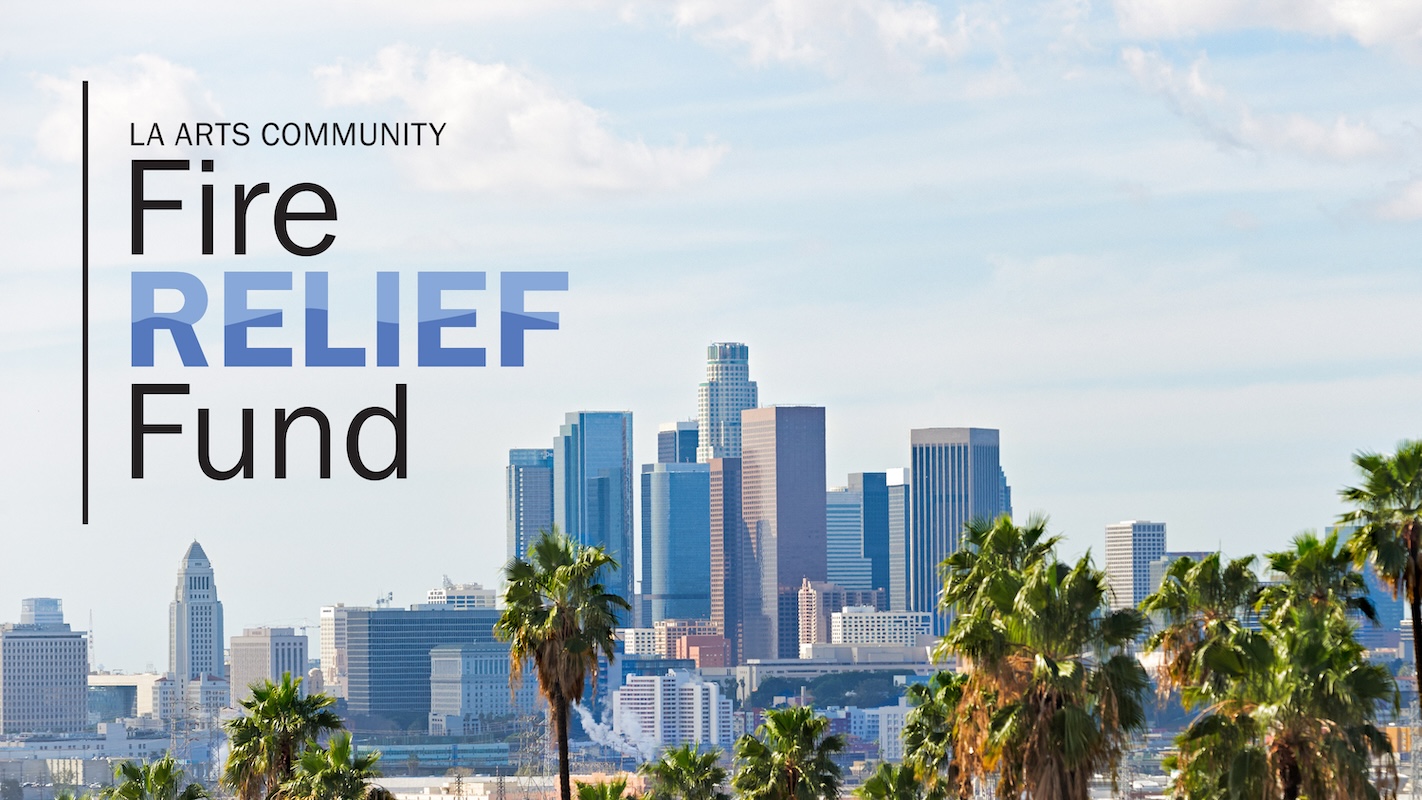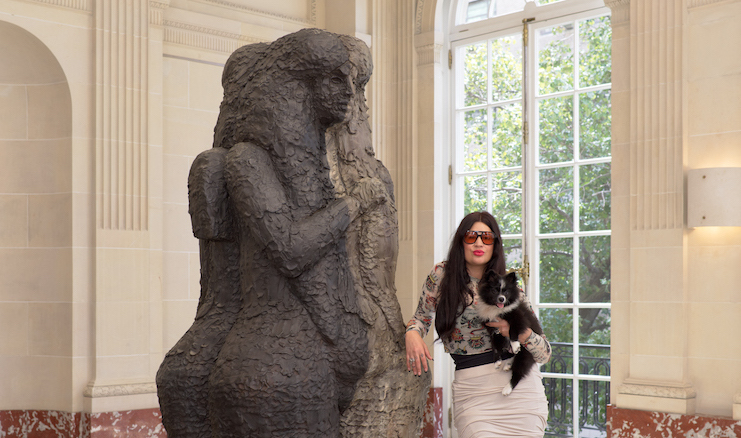How the family brand is expanding digitally and geographically
In the 1950s, Noah Suro founded a quaint design workshop in Tlaquepaque, Jalisco, named Cerámica Suro. From the beginning it produced ceramics, which was not common for the region at that time. At first, it made dinnerware and decorative objects for leading resorts in Mexico. In the decades since, Suro’s son, José Noé Suro, has taken helm of the family shop, continuing its creative traditions across three factories: the original in Tlaquepaque, as well as one in Calle 5 and one in Guadalajara. With over 100 collaborators and 12 dedicated employees working on design and artist collaborations alone, the studio has become a space for global creatives—artists, architects, interior designers, chefs, and more—to meet and collaborate on ambitious design projects, as well as work on their own projects in residency.
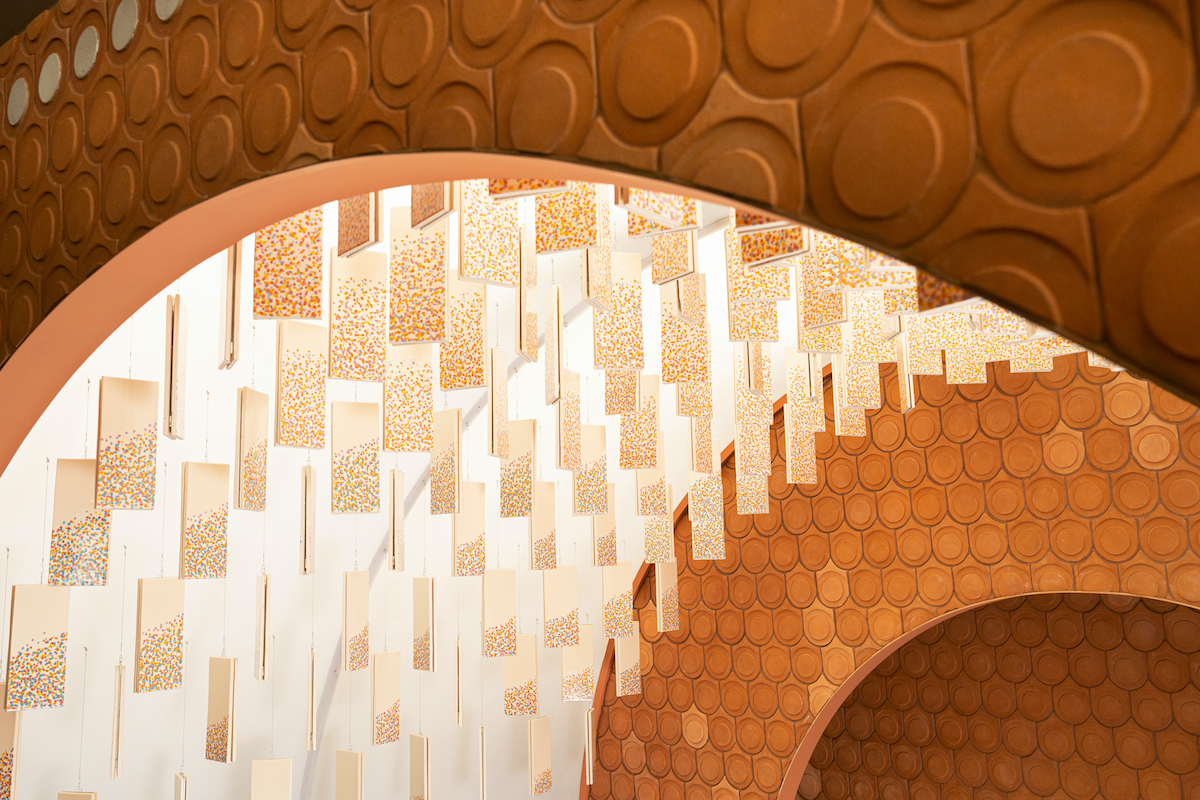 SCAD’s installation at Design Miami/ 2022 featuring tiles designed by alumni artist Nicolas Barrera, produced by Cerámica Suro, photo courtesy of SCAD.
SCAD’s installation at Design Miami/ 2022 featuring tiles designed by alumni artist Nicolas Barrera, produced by Cerámica Suro, photo courtesy of SCAD.
Public works by the studio are seen around the world at the Hammer Museum and the Beverly Center in Los Angeles; the Guggenheim Museum, Hudson Yards, and the DIA Art Foundation in New York; the Auditorio Nacional in Mexico City; The Chinati Foundation in Marfa, Texas; and more. Other private projects range from dinnerware and lighting design to tiles and ceramic murals for designers and brands like David Adjaye, René Redzepi, Enrique Olvera, the Haas Brothers, Sarah Crowner, Hermès, The Ritz-Carlton, and more.
This year, Cerámica Suro is exhibiting a retrospective of creations at the Dallas Contemporary from April 20 to December 31, and finishing a series of personal projects with Jorge Pardo, Mai-Thu Perret, Alex Proba, José Dávila, and Jorge Méndez Blake. After debuting an installation at Design Miami/ 2022 with SCAD, Suro shared with Whitewall how his dedication to artists and emerging technology is changing the future of Cerámica Suro.
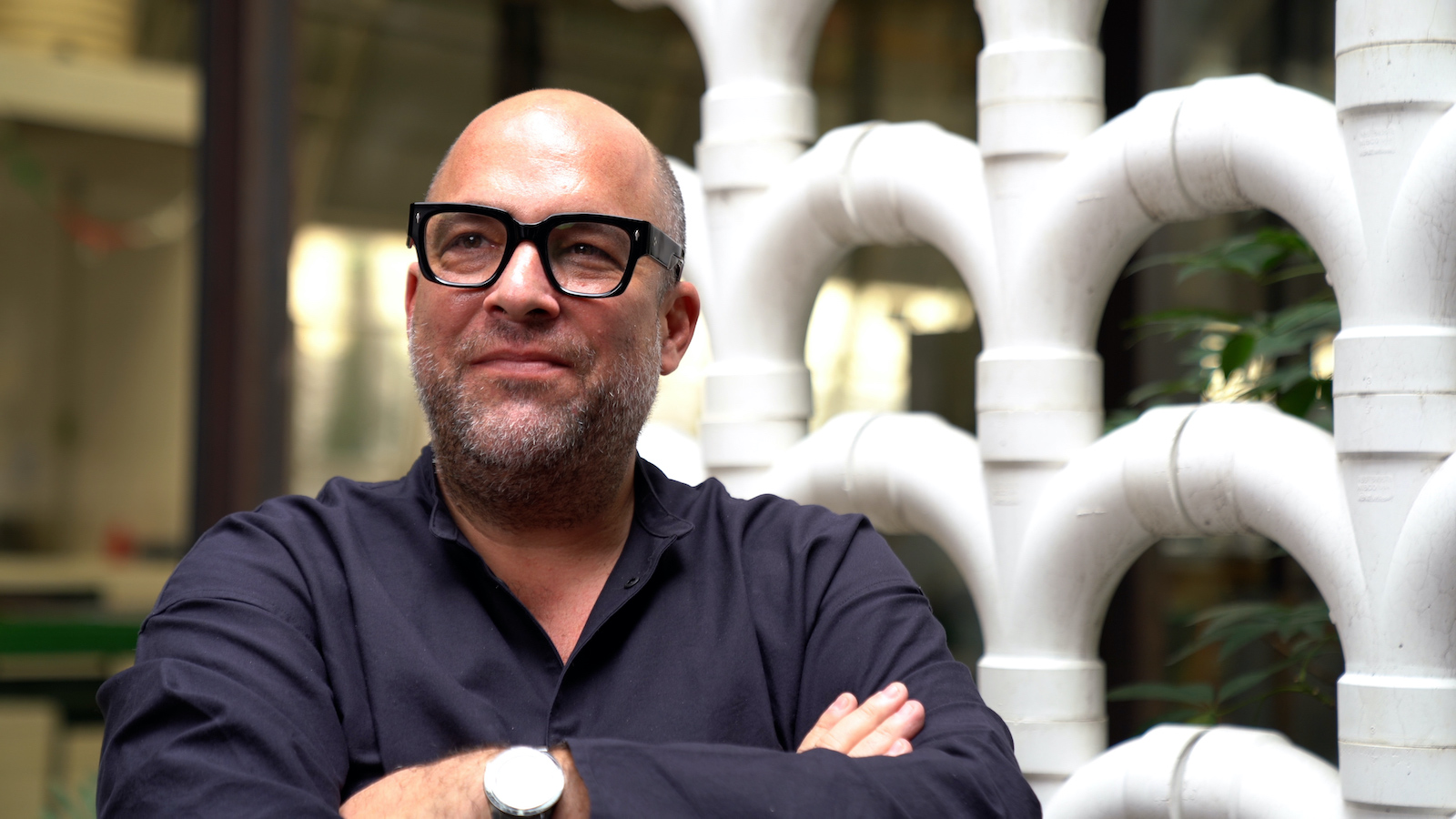 Portrait of José Noé Suro courtesy of SCAD.
Portrait of José Noé Suro courtesy of SCAD.
WHITEWALL: Rumor has it that you went to law school, yet returned to the studio to work for your father in 1993. How did those early days shape what is happening now?
JOSÉ NOÉ SURO: I returned to Cerámica Suro in the middle of the greatest economic crisis in the history of Mexico. We practically had to start over. At that time in Guadalajara, there was an art fair where I began to collect contemporary art, and in an almost natural way, the artists began to arrive. That moment was the breaking point of Cerámica Suro. Working with new technologies and innovation in the processes took us almost 20 years to get where we are today.
WW: What is the range of old- and new-world techniques that are used to make goods?
JNS: I always say that the future of Cerámica Suro is in the past. In honoring the tradition and origins of the company with innovation in techniques and technologies, without compromising the quality or vision of our clients (like chefs, artists, architects, and designers), we work from the most traditional forms, such as wheel throw, slip cast, and even 3D printing and machining with CNC.
“The future of Cerámica Suro is in the past.” —José Noé Suro
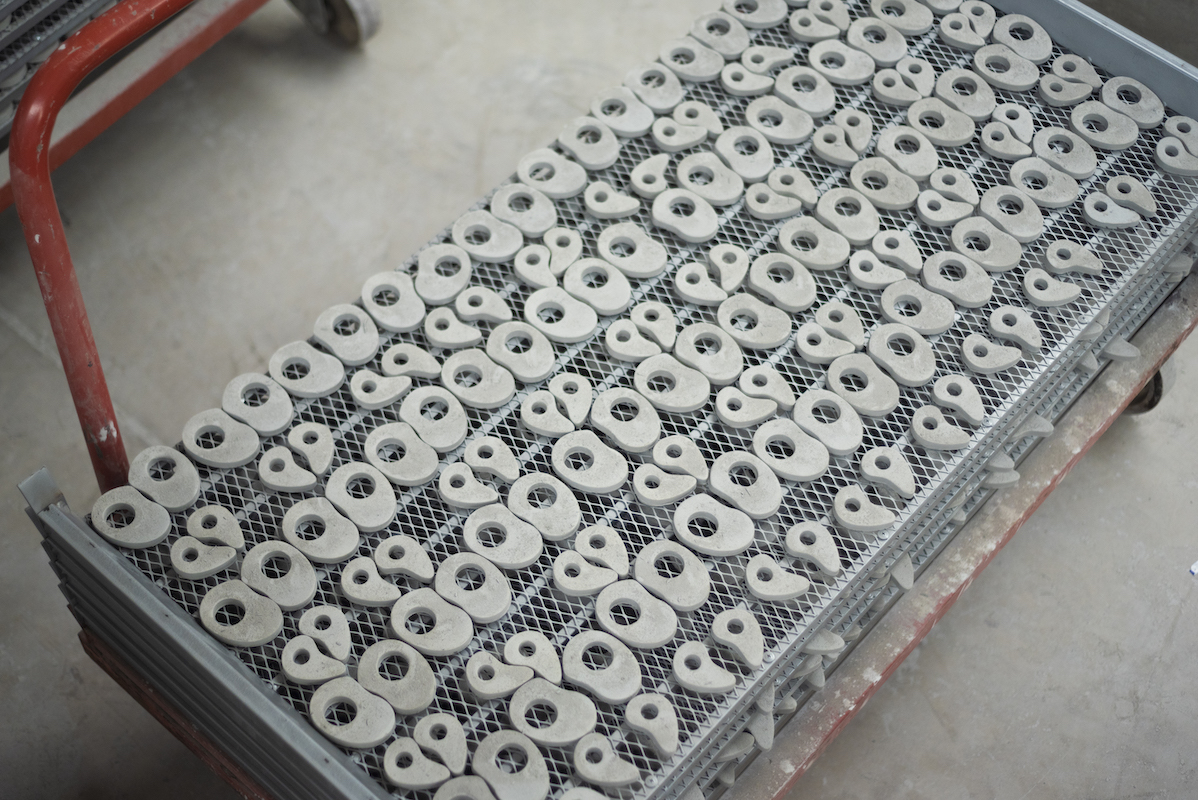 Cerámica Suro studio, photo by Santiago Vega.
Cerámica Suro studio, photo by Santiago Vega.
WW: How has the rise in digital technology impacted the workshop?
JNS: Working with digital printing was a “before” and “after” for Cerámica Suro. It allowed us to access a market that we did not have and to work with customers such as Sir David Adjaye, with whom we did our first digital project.
One thing I like is that tools, such as digital impressions, are used as a means and not as an end. Mixing enameled and hand-painted impressions have been very satisfactory and innovative.
WW: Part of your facility is dedicated to artists in residency. Why is it important for you to support emerging talent?
JNS: Working with artists is our main axis, and part of our DNA as a company. We try to provide a space for creative freedom and offer infrastructure, materials, and people experienced in the area so that projects with artists are as they conceived them. For me, it is equally satisfactory to work with emerging artists and help them consolidate their careers as figures consolidated in contemporary art.
Many of the artists we work with, such as Jorge Pardo, have a history of collaborations of more than 20 years. Some of the artists with whom we will work in 2023 are Sarah Crowner, Erika Verzutti, Luiz Roque, Leiko Ikemura, Ghada Amer, José Dávila, Jorge Méndez Blake, Jorge Pardo, Mai-Thu Perret, Sanford Biggers, among others.
“Working with artists is our main axis…” —José Noé Suro
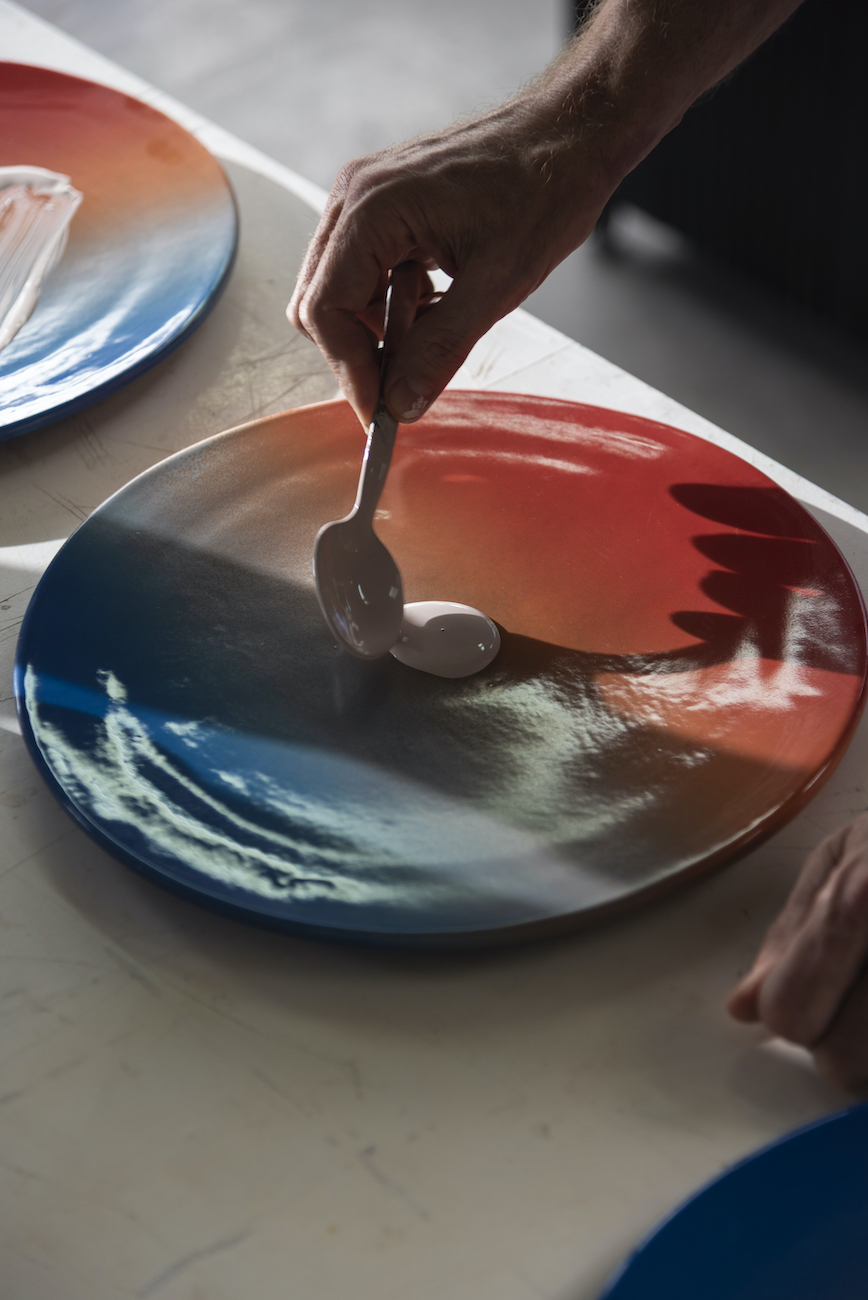 Cerámica Suro studio, photo by Santiago Vega.
Cerámica Suro studio, photo by Santiago Vega.
WW: Is there a creator or field you’re typically drawn to collaborating with?
JNS: I try to work with people who I admire their work. I am open to any type of collaborations that are interesting. The fields that interest me the most are gastronomy, design, and architecture. I would like to collaborate with fashion brands. For example, last year we made a project with Hermès, and it was very successful.
WW: What’s seen in your home?
JNS: At home, we live with art. Each family member chooses what they want for their space. Design is also a very important part of our day-to-day. Hella Jongerius, Alvar Aalto, Don Shoemaker, The Eameses, the Bouroullec brothers, and Hector Esrawe are some of the designers we have at home. In my room, I have photographs by Gabriel Orozco and Christopher Williams, and a painting by Sarah Crowner.
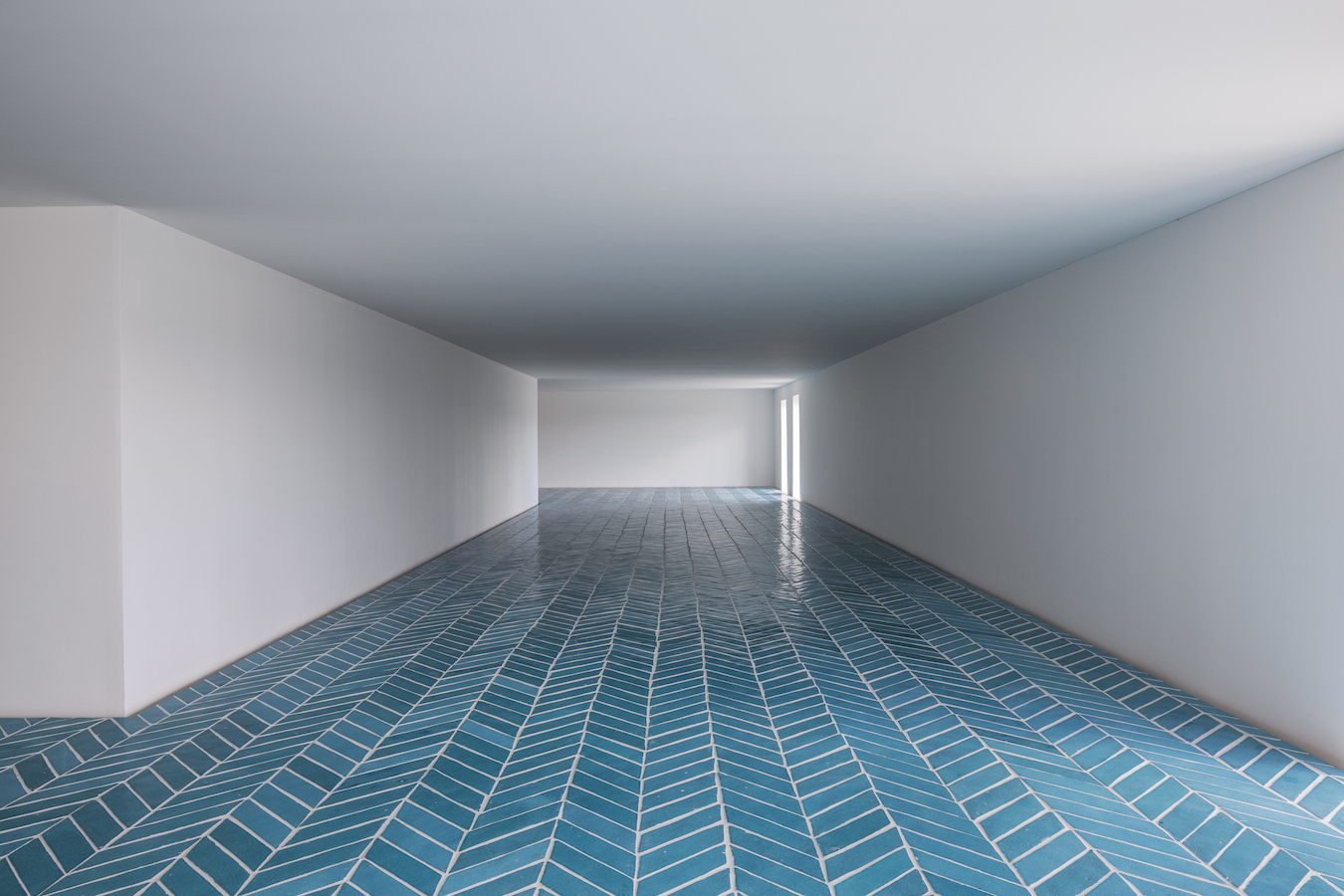 Photos by Alex Marks, courtesy of The Chinati Foundation.
Photos by Alex Marks, courtesy of The Chinati Foundation.






